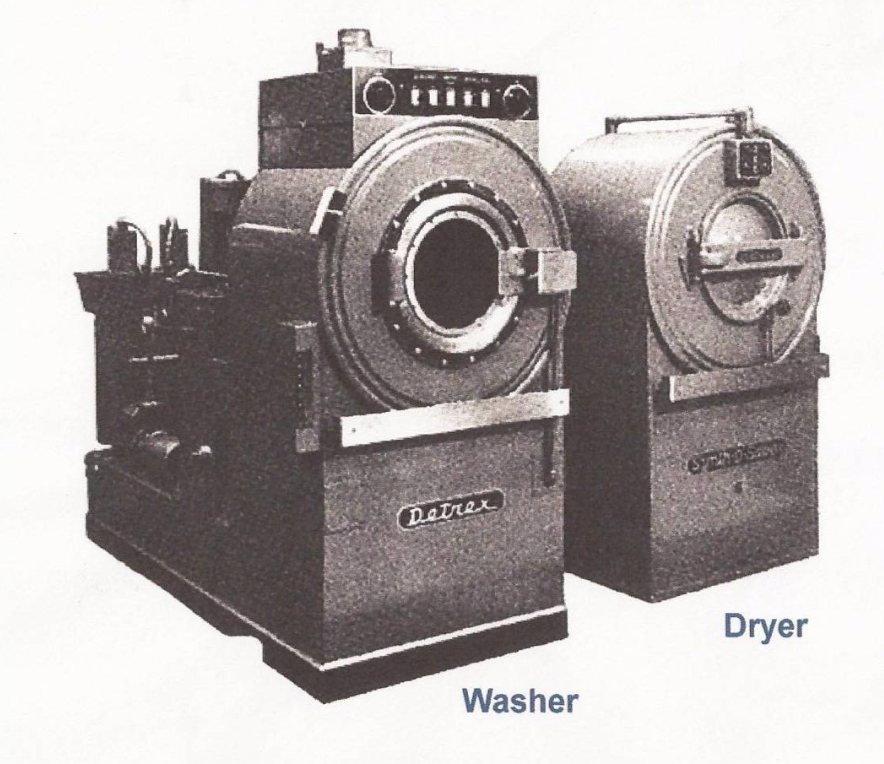Sometimes those inventions we consider useful in our everyday lives get discovered accidentally. Some inventors fail but also win because something else came out of the trials. Some inventors aren't inventors but are doing some other kind of work. Such was the case on December 28, 1849, when someone tipped over a lamp and its well of kerosene spilled onto the tablecloth. As the kerosene evaporated, observers noticed how stains also evaporated with the kerosene.
The exact date of this accidental discovery is lost to history. What is clear is that Jean Baptiste Jolly is credited with opening the first commercial dry cleaning shop in Paris called "Teinturerie Jolly Bellin" in 1845.
The name "dry cleaning" originated from not using water to clean clothes. Most modern fabrics can be washed in water. However, in the nineteenth century, those who could afford nice clothes couldn't wash them in water for risk destroying the fabric. At about the same time, petroleum producers realized the kerosene they were getting rid of as a byproduct of gasoline worked well as lamp oil.
By the 1840s, people started taking their nice clothes to dry clean in kerosene. As you probably guessed, a dry cleaner shop using kerosene as a cleaning solvent was dangerous because kerosene is flammable. Accidents and explosions were common, leading to a push to find new chemicals that worked like kerosene but weren't flammable. The most significant event in the history of dry cleaning came when perchloroethylene, or "perc," was discovered by a chemist in the 1940s. Perc is the most widely used dry cleaning solvent used today.

